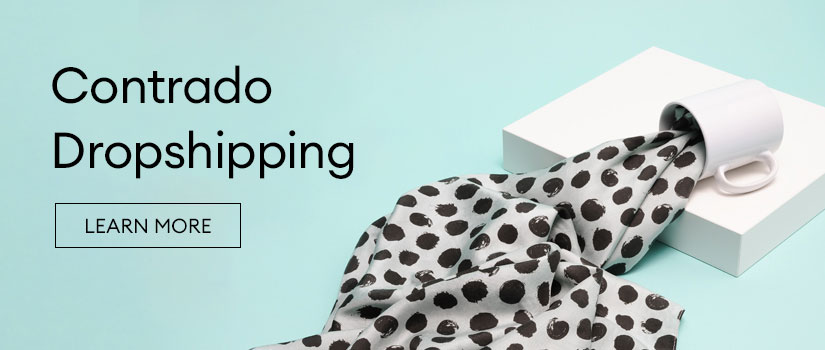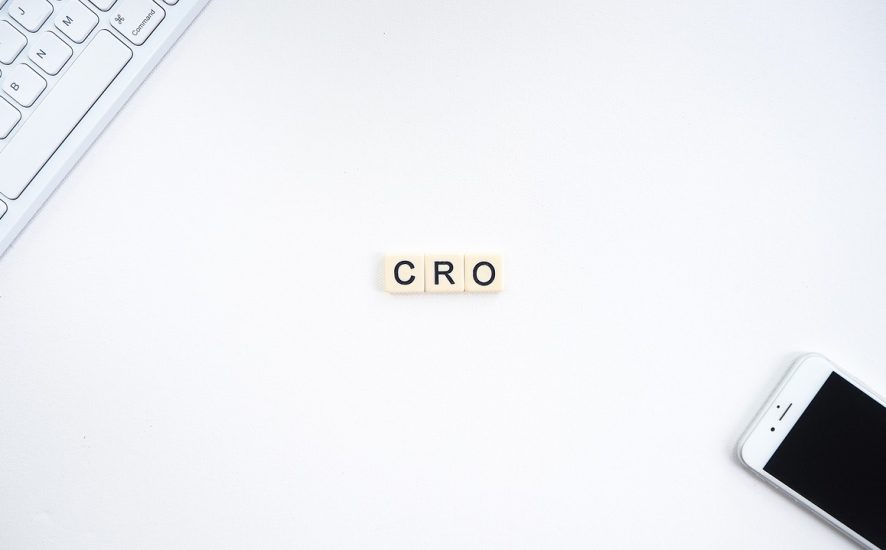So, you’ve got a Shopify store, the website looks good, product pages are functioning, ads are running, and sales are… Okay. Not bad, but they could be better. How do you do that, though?
If you’re looking to boost your Shopify sales, you’ll need to know about this thing called a conversion rate, and how you fare compared to other Shopify stores. Once your savvy with that concept, we’ve got six simple strategies you can use that make a huge impact.
Read on to learn what a conversion rate is, how to calculate yours, and most importantly: how you can improve.
What is a conversion rate?
Let’s start with the basics. What is converting? In the marketing world, this describes a customer who’s come across your fantastic marketing, visited your store, and bought something. You’ll have a lot of people discover your store, but only a few will actually make it to check out. The formula for how many purchases vs how many total visitors is your conversion rate.

Use the formula above to calculate your conversion rate.
What is the average Shopify conversion rate?
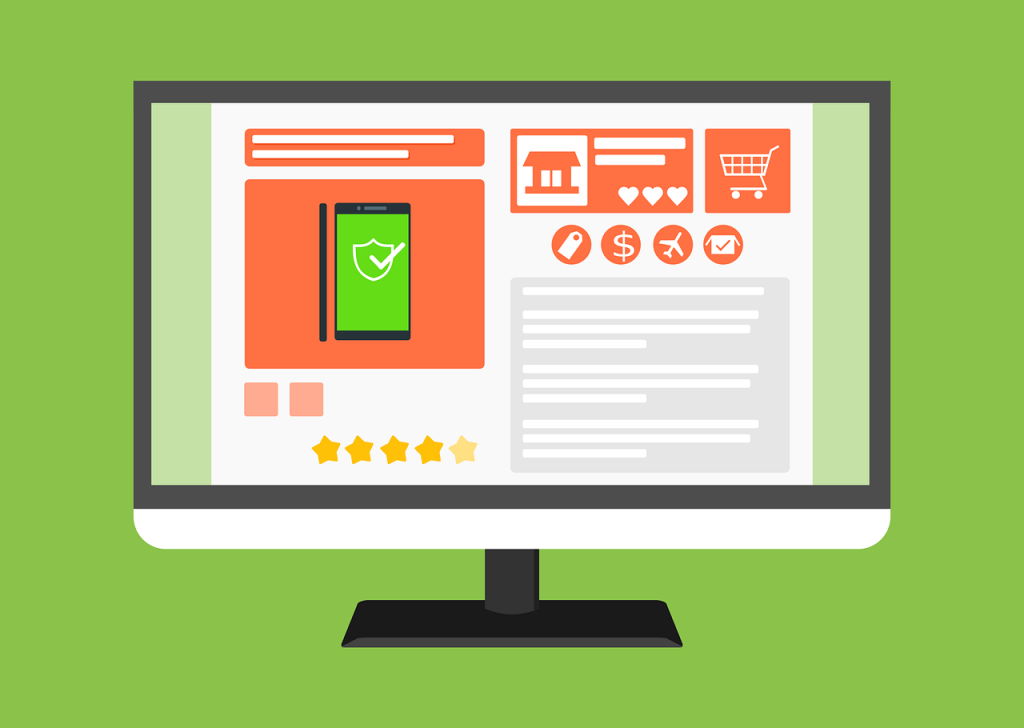
Data tells us that 1.5% is the average Shopify conversion rate. In other words, most Shopify stores have 1-2 customer purchases per 100 visitors browsing their site. Where are you placed, compared to the average?
What is a good Shopify conversion rate?
The top 20% of Shopify stores perform with a conversion rate of 3.1% or higher. That means the best performing Shopify stores get 3 or more customer purchases per 100 visitors.
Now that you know your conversion rate, the average, and a good goal conversion rate, how do you meet that goal?
How to Improve Your Shopify Conversion Rate
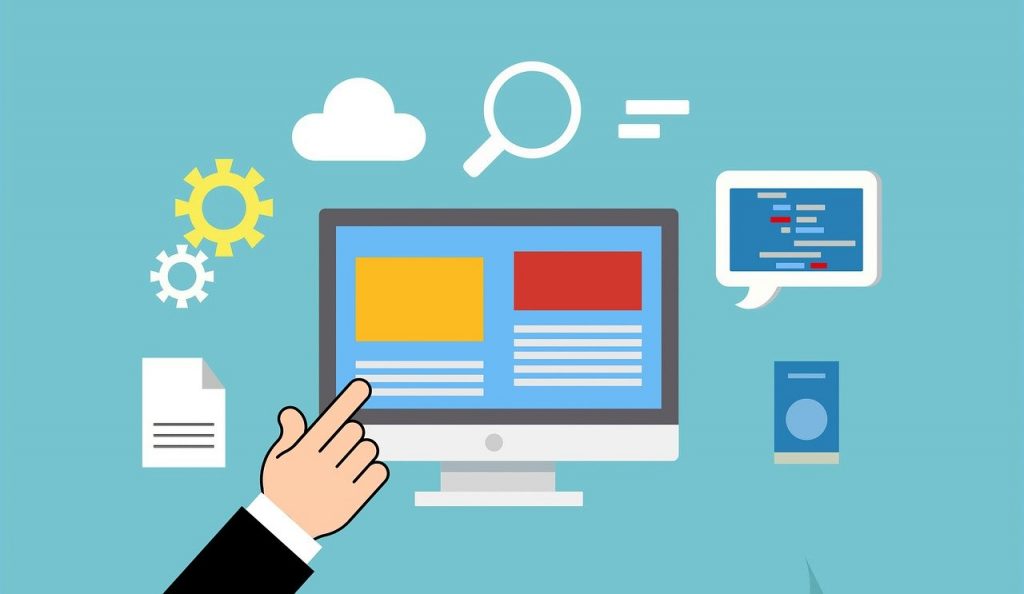
Now let’s get to the nitty-gritty. What changes can you make to get more visitors pressing the check out button?
1. Tell your customer why to buy from you
Customers aren’t just concerned about what’s in it for them – they also want to know why to buy from YOU. What makes you different from your competitors? Identify elements of value to your customers. For your store to succeed, you need to excel in at least one of these elements. Therefore, reflect on what’s unique about your company, products or services.
Once you’ve identified these, focus on this wherever you can – in product pages, your About page, adverts, any place you market your store. Above all, your differences are one of the biggest hooks to reel customers in.
Example:
Unlike other print-on-demand services, Contrado makes everything to order by hand in one facility. Our top of the line equipment makes for high-quality custom printed products made in only 1-3 days. Your Contrado products are not made in a sweatshop or warehouse, they’re made right here in London, England using sustainable, modern printing techniques.
2. A/B testing
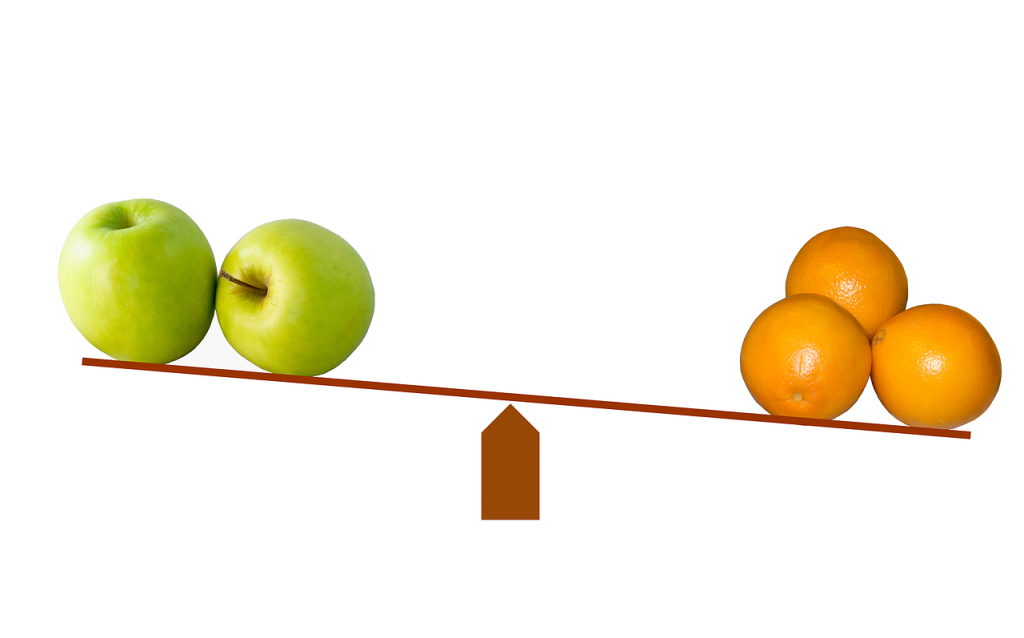
A/B testing is a practice where you create two versions of a page on your website, direct 50% of visitors to one page, and the other half to the other, and see which page performs better. This is an effective marketing tool to see what your customers respond to visually. If you know this, you can optimize your entire site to be more effective at conversions.
Free tools like Google Optimize are great for A/B testing. Try switching around headlines, content, and the call to action to see which performs better. Don’t waste your time on things like fonts and button colors, as these have been proven not to make much of a difference to customers.
Example:
Version A = Design Your Own Clothes for Women
Empower yourself with an individual style, unique to you. At Contrado, you can print on dozens of different styles of clothing, from shirts to jackets, trousers, dresses, swimwear, and even pajamas!
Version B = Women’s Clothing Designed by You
Different from the rest, Contrado allows you to design both the basics and trendy new pieces. You can now rock a kimono jacket, tea dress, hoodie dress, strapless bathing suit, and even a bandeau with your designs!
An A/B testing software will direct 50% of traffic to either option, track the number of clicks and purchases, and present the end result so you know which performs better.
Which one would you click on?
3. Sales funnel
Timing is everything when you’re trying to get conversions. If you prompt your customers too early or late in the purchasing process, they might run away. That’s why building a sales funnel is so necessary: you need to understand the process your customer goes through, from finding your store to making a purchase, and every point along the way where you can gain trust.
A sales funnel consists of different ways you can develop a relationship with your customer to make a sale. This might be writing blog posts, sending an informative newsletter, offering free content, or something else entirely based on your industry.
Think: what are your customers looking for? How can you offer them something to make them trust you? What can you give that creates intrigue for your products? All of these questions shape how you build a sales funnel.
For instance, here’s an example of what a sales funnel can look like:
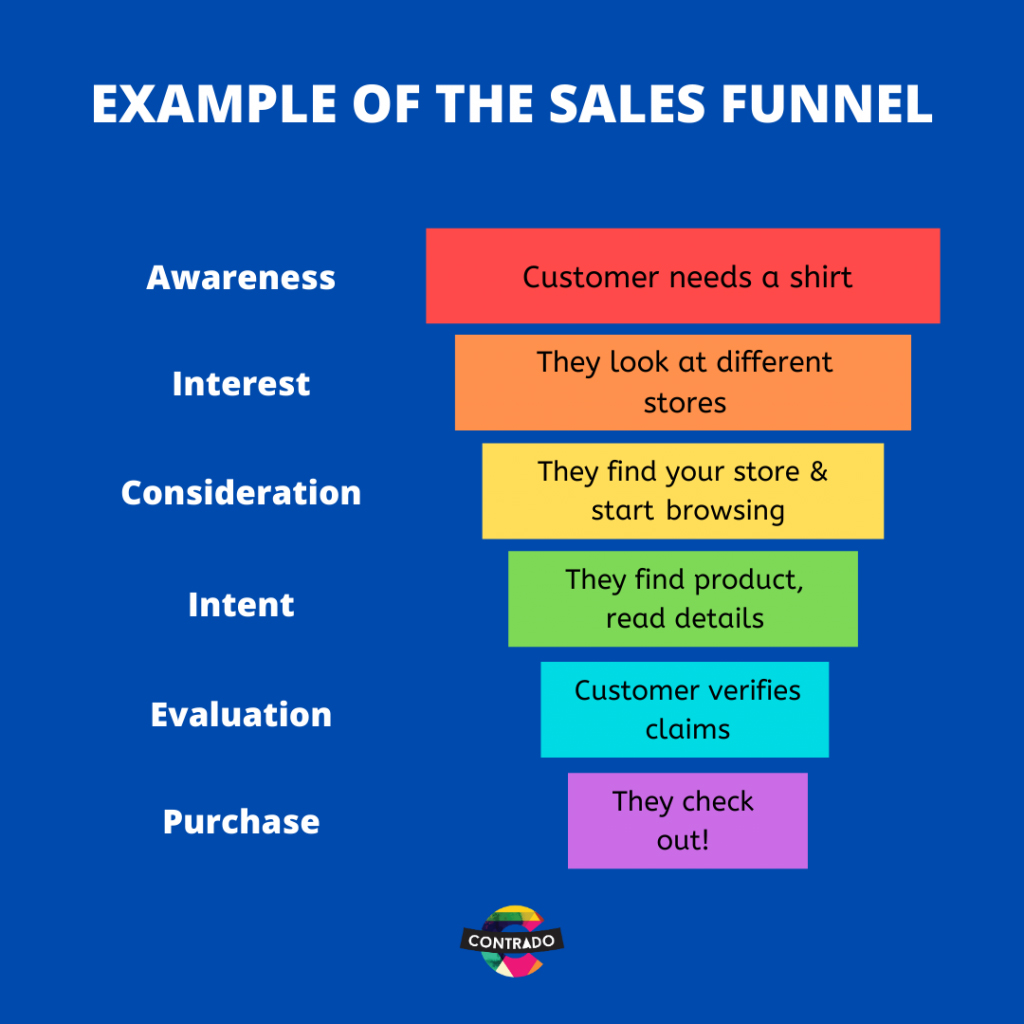
- Customer needs a shirt
- They look at different stores
- Customer finds your store and start browsing
- They find product, read details
- Customer verifies claims
- They check out!
4. Build trust using your website layout
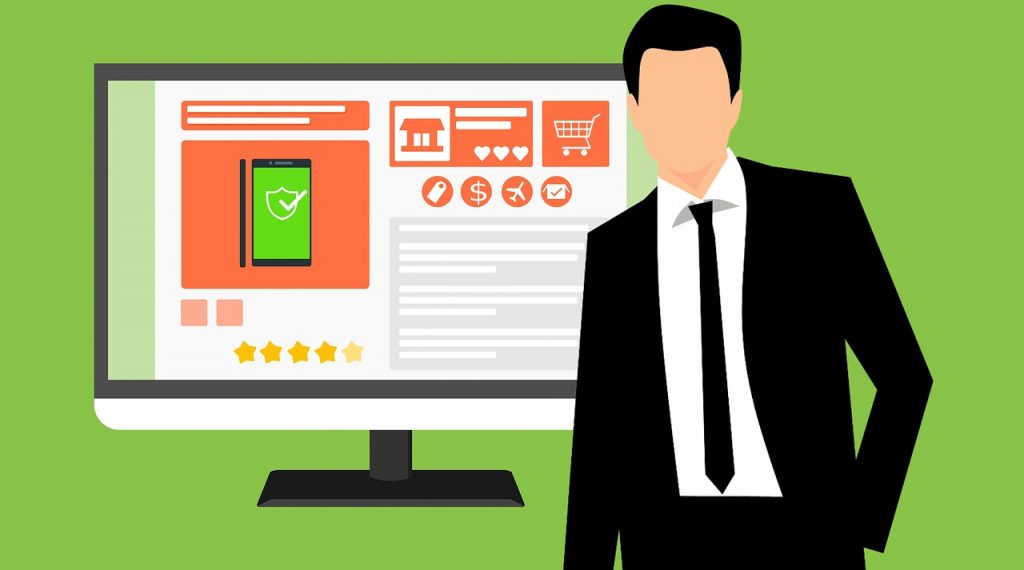
Like we said with the sales funnel, trust is a big deal. Your customers are afraid of wasting money, so you need to offer them reasons why you’re worth it. Believe it or not, establishing a few of these techniques on your website can make a world of difference.
Examples:
- Offer ways for your customers to verify the information on your site. Make sure it’s from credible sources.
- Highlight the expertise that you and your team have. More information about your team’s credentials, achievements, and authority give your customers a sense of ease that you know what you’re doing.
- Get your website looking professional. Nothing instigates a lack of trust like a poorly build, low functioning website. Appearance and functionality are key.
- Make sure your website’s content is up to date and change it regularly. This gives a sense of life to your business that piques your customers interest.
- Find the right balance with promotions. Don’t bombard your customers with ads, sign-ups, and offers when they’re not ready to buy anything yet. Remember the sales funnel? Timing is everything.
How can you improve your website to be more trustworthy?
5. Push scarcity to create urgency & necessity

Suggesting to customers that this may be their last chance to buy is a pretty good way of, well, getting them to buy. You can incentivize with two types of scarcity:
- Quantity-related (only 3 shirts left!)
- Time-related (last day to buy)
Important to remember, here: don’t lie to your customers. Breaking their trust over a scarcity lie does far more harm then good. If your supply is endless, you can push scarcity through promotions. Get creative.
Example:
- Free gift for the first 100 people who buy!
- 20% off if you buy in the next 20 minutes!
- Only 5 sets left at this price!
6. Remove any fancy jargon
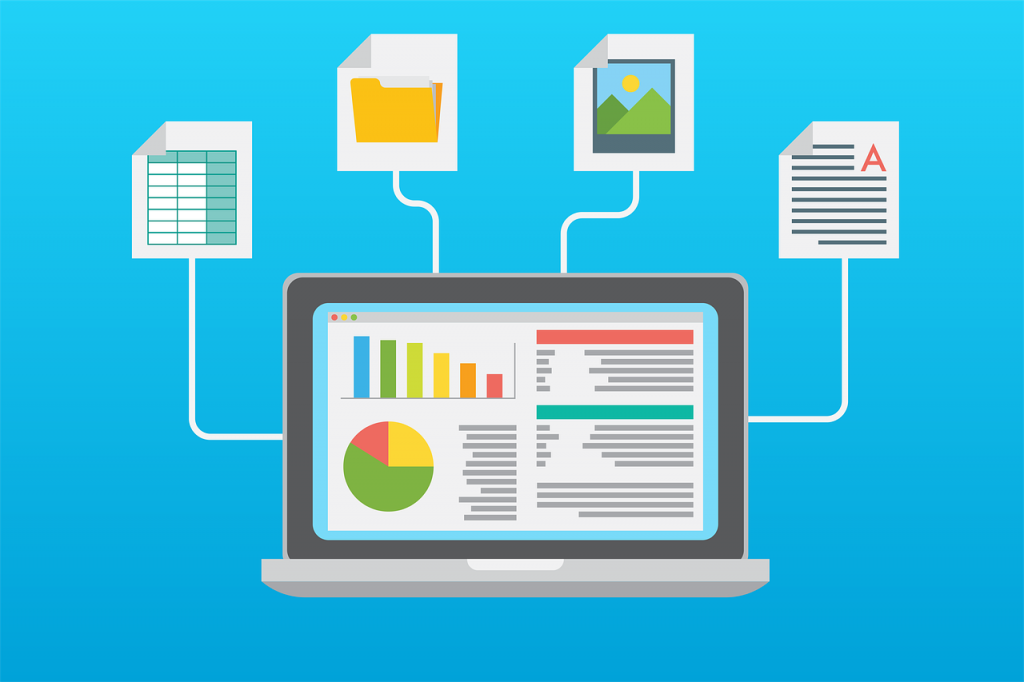
Tactics you use on a date will not work in business – keep the advanced terminology to a minimum. It’s worth looking over your site to see how you can simplify information. You want to show expertise, but still meet your customers on a personal level. Make sure your copywriting has some personality. Cite examples. Explain yourself in a coherent way. Impress your customers without intimidating them.
Example:
Instead of saying, “Cotton is a soft, fluffy staple fiber that grows in a boll, or protective case, around the seeds of the cotton plants of the genus Gossypium in the mallow family Malvaceae. The fiber is almost pure cellulose.”
Try, “Cotton fabric is one of the most popular fabrics in the world, and one of the oldest. It is a natural fiber that derives from the seedpod of the cotton plant. Cotton can be knitted or woven into a cloth, with the 2 most common weaves being plain and twill.”
Boosting Your Shopify Conversion Rate
And that’s it! Now you know what a conversion rate is, what yours is, how it compares to other stores, and how to increase your sales. With your newfound knowledge, you can take the world of eCommerce by storm.
Bonus tip: if you want to increase sales even more, you can increase your product range tenfold by integrating Contrado products to your Shopify store! We’ve got 450+ products for you to design & print on, ranging from clothing to homeware, to stationery and so much more. Check out our video on how to integrate stores below.
Ready to start designing? Click here!
